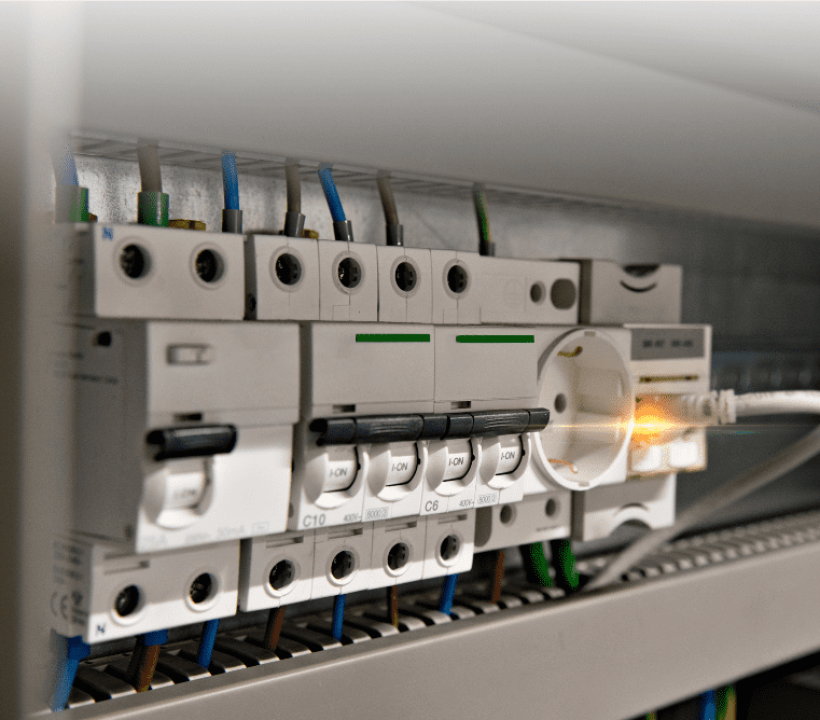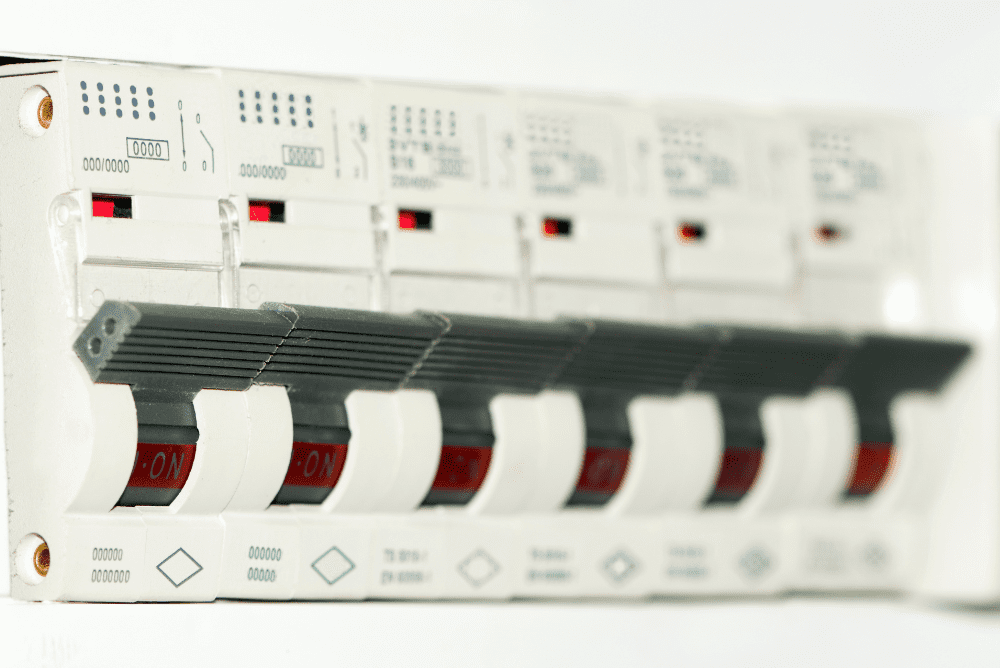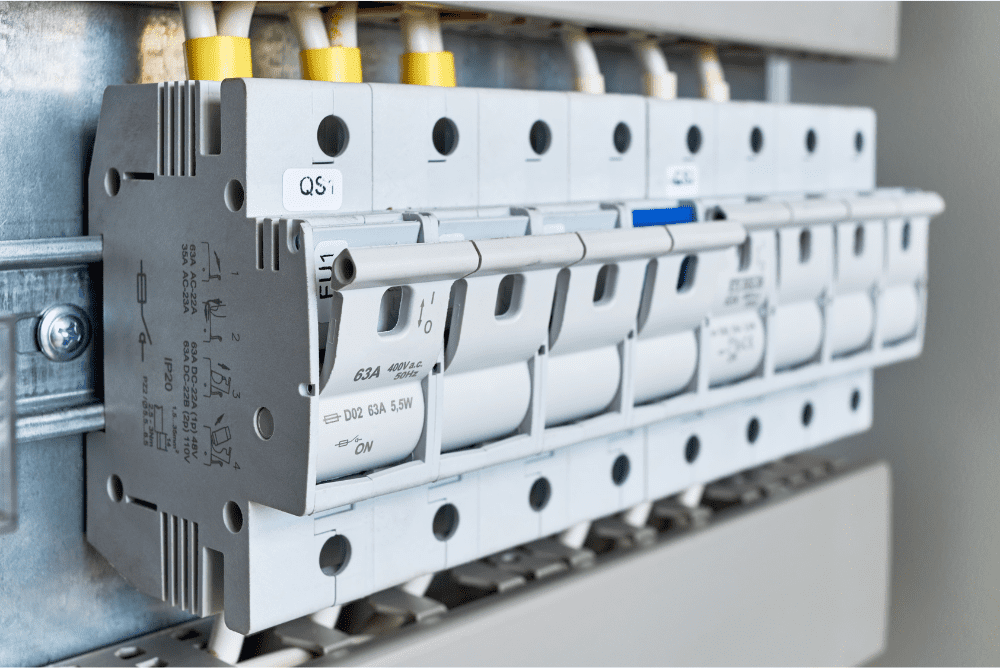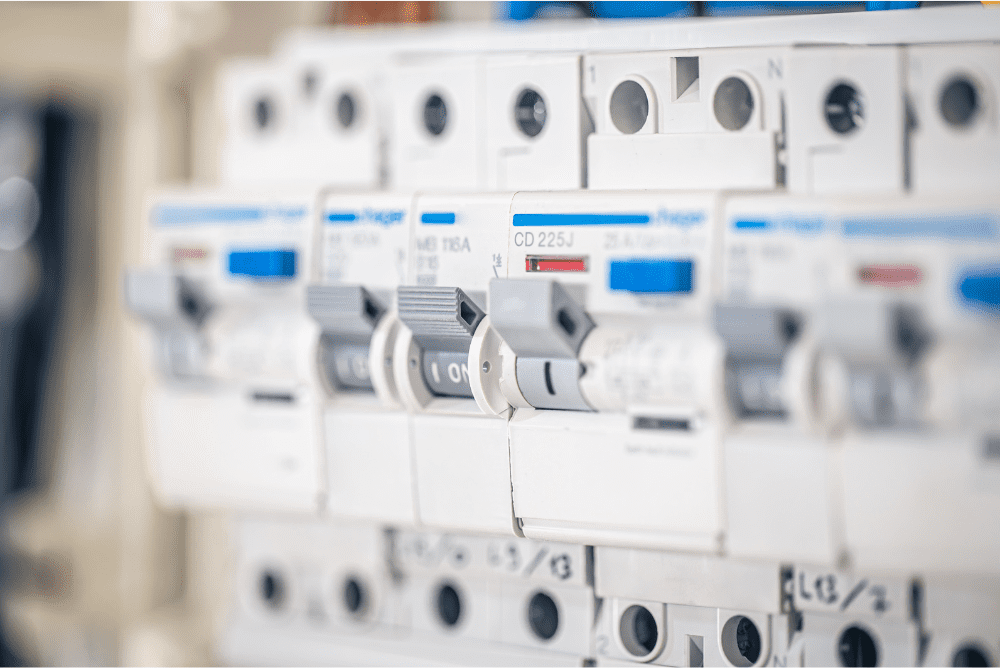
These features collectively empower protection relays to uphold the integrity, reliability, and safety of electrical systems across industries, ensuring uninterrupted operation and minimizing the impact of potential faults.
Sargodha Road, Fsd.
+92 334 9999140
info@aesco.com.pk

Protection relays serve as critical components in electrical systems, safeguarding equipment, infrastructure, and personnel from various faults and abnormal operating conditions. These relays continuously monitor the electrical parameters within a system and act swiftly to isolate faulty sections or equipment, preventing damage, interruptions, and hazards. As essential elements of modern power distribution networks and industrial facilities, protection relays play a pivotal role in ensuring the reliability, safety, and stability of electrical systems. This introduction provides an overview of protection relays, their importance, and their diverse applications across different sectors.



Protection relays serve as vigilant guardians of electrical systems, equipped with a suite of essential features:

These features collectively empower protection relays to uphold the integrity, reliability, and safety of electrical systems across industries, ensuring uninterrupted operation and minimizing the impact of potential faults.
“Call us for swift solutions to your electrical problems. Expert service tailored to your needs.”
Don’t hesitate to get in touch with us on any Service. Our team awaits you with open handed.
Designed and managed by Market Suite Pro.
Copyright © AESCO Engineering 2024. All rights reserved.